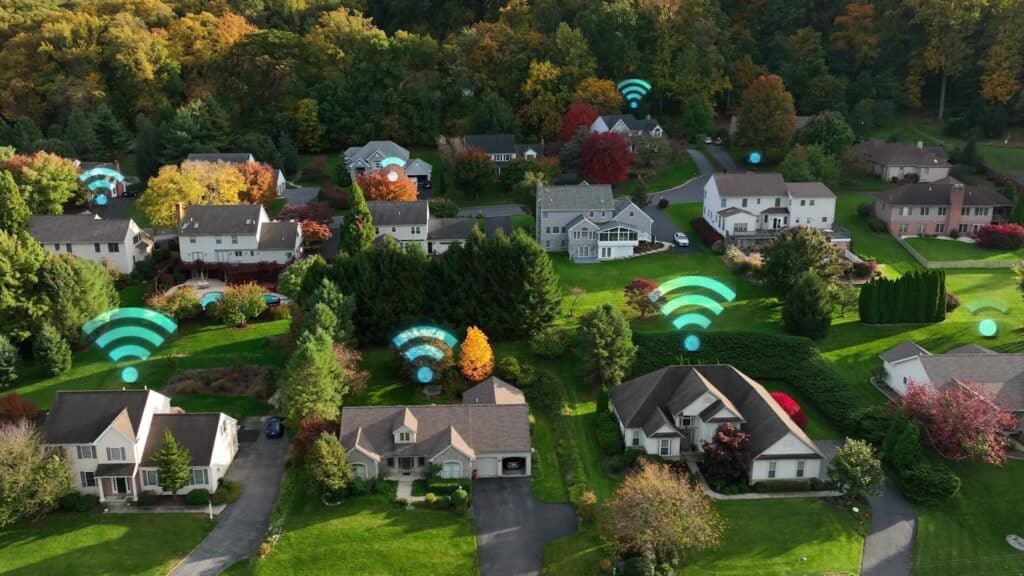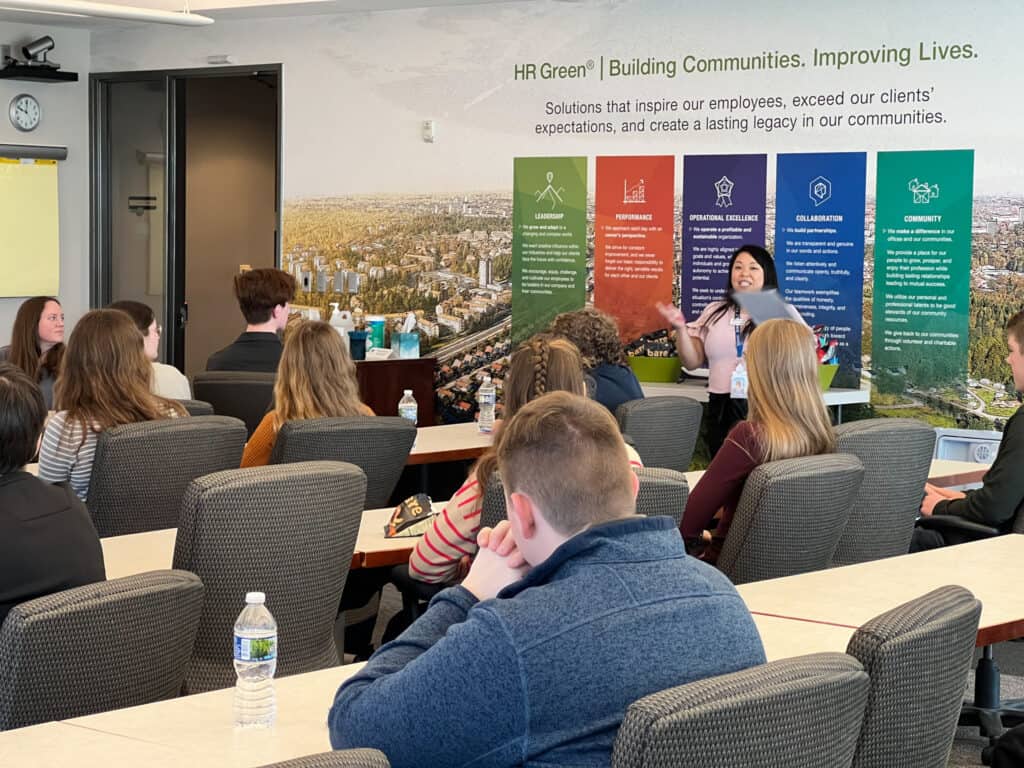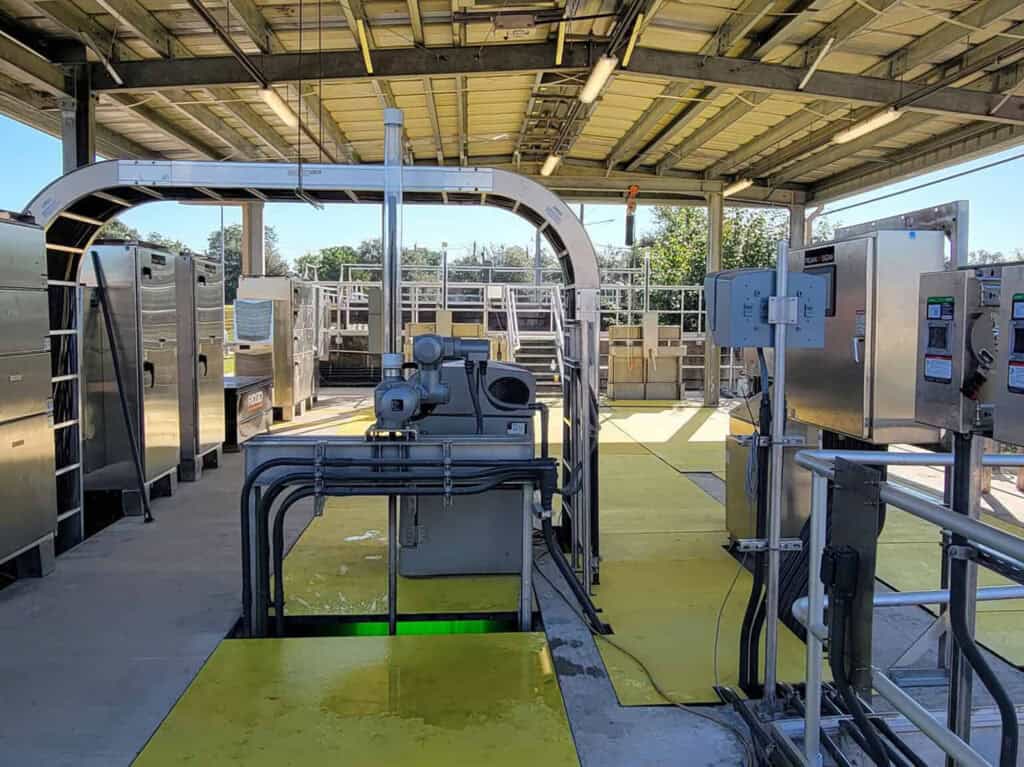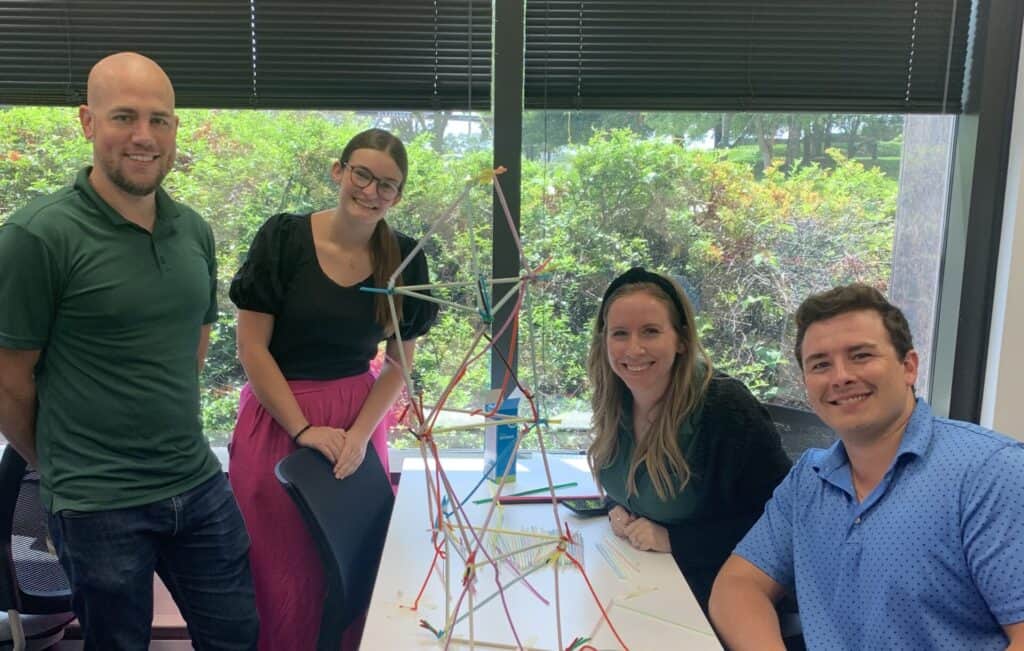Beyond Blueprints: Why GIS is the Superior Tool for Broadband Network Design

In the world of broadband network design, precision and efficiency are paramount. Traditionally, Computer-Aided Design (CAD) software has been a staple for creating detailed blueprints. However, as the complexity of broadband deployments increases, particularly with initiatives like the Broadband Equity, Access, and Deployment (BEAD) program, Geographic Information Systems (GIS) are emerging as the more powerful […]
The Pretreatment Advantage: Driving Efficiency and Compliance in Food and Beverage Operations

In today’s rapidly evolving world, the food and beverage industry is constantly seeking sustainable solutions to meet the growing demands of production, address the challenges of aging infrastructure, and comply with stringent environmental regulations. Pretreatment processes play a crucial role in achieving these goals by enhancing the efficiency and effectiveness of various applications. Wastewater Pretreatment […]
The Power of a Connectivity Systems Master Plan for Cities

In today’s digital age, a clear plan for connectivity is essential for every community’s growth and prosperity. A Connectivity Systems Master Plan (CSMP) provides a coordinated approach to broadband infrastructure, ensuring seamless integration across government, businesses, and residents. A CSMP aims to enhance efficiency, reduce costs, support adaptation, and secure future readiness for your community. […]
Resilient Engineering: 6 Tips to Maximize Your Engineering Budget

Keeping your public works infrastructure resilient when facing challenges like a limited supply of dollars or unexpected repairs caused by long-deferred maintenance is both a science and an art. Here are six ways to get a good grip on budget management by focusing on stretching that seemingly inflexible wallet.
Securing and Maintaining Lake Michigan Water Allocation Permits in Illinois

Many Illinois communities today still rely on groundwater aquifers as their primary source of drinking water. As the Chicago Metropolitan Area continues to grow, water demand is on the rise, causing water levels within the aquifers to deplete at unsustainable rates. As a result, the Cook and DuPage Counties of Illinois were forced to cease […]
Scaling for Success: Navigating the BEAD Deployment Rush

The Broadband Equity, Access, and Deployment (BEAD) program presents a transformative opportunity for Internet Service Providers (ISPs) to expand connectivity across the United States. However, this opportunity hinges on the ability to scale rapidly and efficiently to meet the program’s demanding timelines and performance standards. As a broadband engineering company, we recognize the complexities involved […]
Civil Engineering Mentorship: The HR Green Experience

At HR Green, we recognize that mentorship is a vital element of professional growth, especially in the dynamic field of civil engineering. Mentorship goes beyond technical expertise; it’s about fostering personal growth, building communication skills, and helping employees navigate their careers with confidence. As part of our commitment to supporting the next generation of engineers, […]
Design and Selection Approach for an Open Channel UV Disinfection Systems for Wastewater Treatment

Ultraviolet (UV) systems are an effective technology used at wastewater treatment plants (WWTPs) to disinfect wastewater to meet and exceed permit limits for E. Coli, Enterococci, and similar disinfection requirements. UV disinfection offers several benefits, including the elimination of chemical handling and a smaller footprint. However, selecting and sizing UV systems for each application is […]
Meet HR Green’s Arizona Team: Local Experience, National Resources

HR Green, a trusted leader in civil engineering and consulting, and YSMA, an Arizona-based traffic, transportation, and telecommunications engineering firm are integrating as one organization. This milestone blends over a century of experience with the local knowledge and relationships cultivated by YSMA (now HR Green), creating a dynamic and resourceful team ready to serve Arizona’s […]
5 STEM Ideas for the Classroom or at Home

Looking for exciting ways to bring STEM education concepts to life for kids? HR Green has rounded up some fun and engaging civil engineering-themed STEM activities for kids that are perfect for the classroom or at home. These activities are inspired by the real-world challenges engineers face, with a playful twist! To see how HR […]